Recent Employee Dismissals at Wells Fargo Raise Remote Work Questions
The recent news that banking giant Wells Fargo fired over a dozen employees for ‘unethical behavior’ is just the latest chapter in an ongoing drama that accelerated during the Covid-19 pandemic. It should be viewed as just that; one story amongst many playing out between employers and workers.
The unethical behavior that Wells Fargo claims is that these employees used software to trick the company into thinking that they were actively working. In this case, the employees were allegedly using software that simulated keyboard activity which, as many of us know from our own remote work experience, will prevent chat apps like Microsoft Teams from shifting your status into idle, or away.
There’s no question that, if the allegations are true, that the behavior was unethical. We aren’t arguing that point at all. What has happened publicly since the news broke, however, bears watching. Strong opinions on both sides – critical and supportive of the bank’s decision – are easy to find on social media. This debate underscores an important change in the modern workplace.
There is a power struggle and a dynamic shift occurring in many industries where employees discovered, thanks mainly to the pandemic, that they don’t need to fight rush hour traffic or start work at a set time to perform their job duties. They will argue that they are more productive working in a flexible environment, spending time they may have used commuting, having lunch with co-workers, or distracted by “drive by” conversations on actual work tasks.
Employers will point to research like ExpressVPN’s survey of remote workers that say these employees are hardly spending their time wisely. They’ll use these statistics as the impetus for remote employees to return to the office, all in the name of productivity and oversight.
What Are You Paying For? Outcomes or Time?
At the conversation's core is the question about what employers are paying for and what their employees are delivering. The two sides can be summed up this way:
Employer: “We are paying you to be a productive member of this team for forty hours a week and expect you to be focused during that time.”
Employee: “I am being paid to deliver certain results in a timely manner. Whether that takes me two hours or twenty, or if I do the work in the morning or at night, the result is what’s important.”
It’s important to note here that some employees are paid on an hourly basis, a fact that changes the equation dramatically.
For a long time, the employer’s perspective in our example was the dominant one, for both employers and employees. Value was tied into clocking in and clocking out, getting as much done as you could during those set hours.
That attitude has shifted with the rise of remote work. Now, more employees feel like they should be compensated based on what they accomplish, not when or where they work. This outcomes-based perspective has been adopted by some companies in a systemic way, but the old-school approach still exists, and it’s causing turmoil in the workplace.
Shifting Workplace Expectations
With a change in working arrangements, expectations for all parties have naturally shifted. It’s become quite a shock for some employees who were promised remote or hybrid arrangements permanently to discover they are now being asked to return to the office.
If, as alleged, Wells Fargo’s employees acted unethically, the company has every right to discipline them accordingly. Broadly speaking, however, the rapidly changing workplace requires that companies look closely at their existing policies and contracts to ensure they reflect the present workplace reality.
Are working hours or job-related goals clearly stated? Do policies mention online collaboration tools and other recent technologies? Are remote work arrangements and limitations properly defined? Addressing these questions can help the organization maintain positive relationships with its employees by removing ambiguity.
Navigating Troubled Remote Working Waters
There is no question that remote work is here to stay, in some capacity, for many industries. It’s also very likely to continue having a powerful ripple effect. Commercial real estate, for example, continues to take a major hit as companies downsize or completely close their physical office locations.
This just fuels the turmoil as larger companies with long-term leases struggle to bring workers back into their offices. That’s just one scenario to keep an eye on, amongst many.
Where do you stand on the debate surrounding remote work, expectations for employees, and how companies can build a high-quality workplace? We’d love to hear your opinions on the subject.
Join the conversation by visiting our company page on LinkedIn and let us know what you think!
Photo by Luca Bravo on Unsplash

